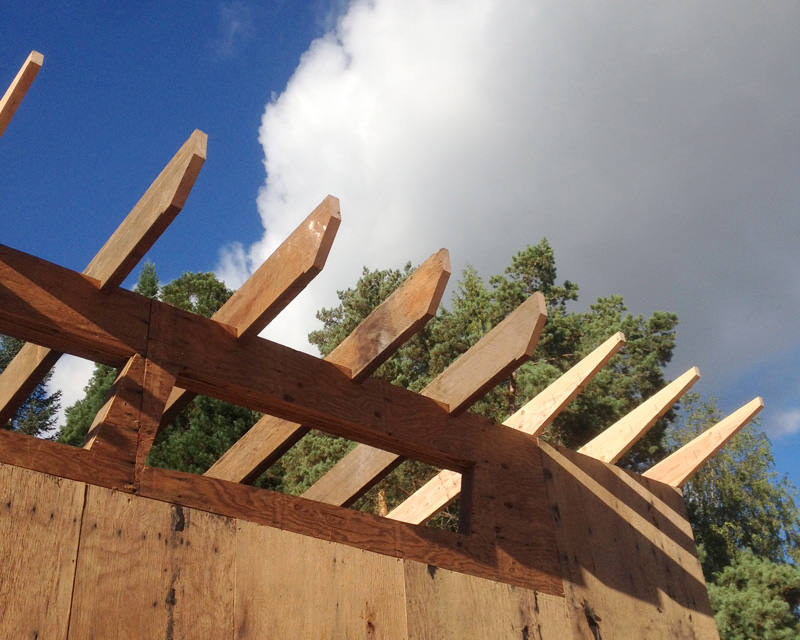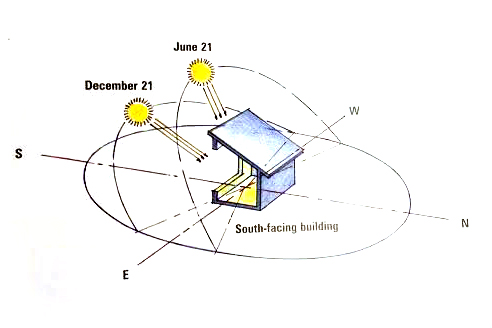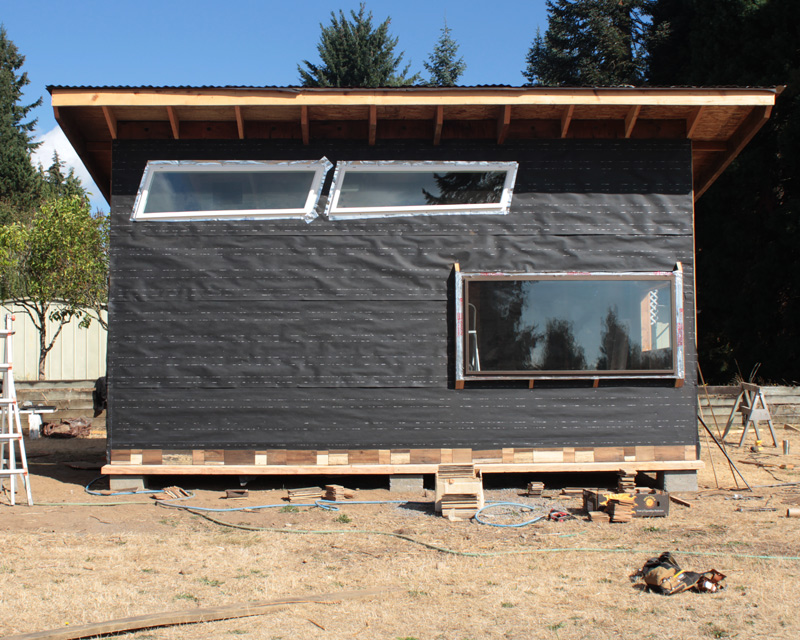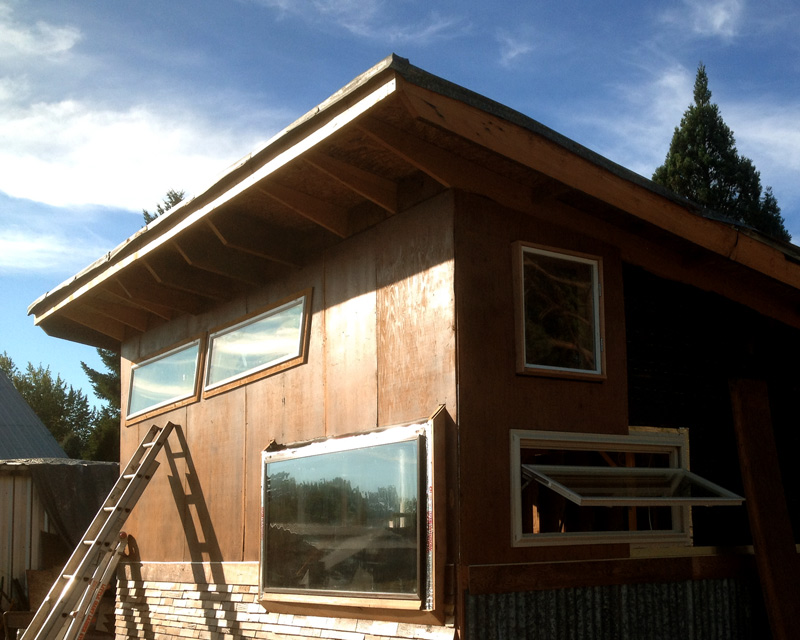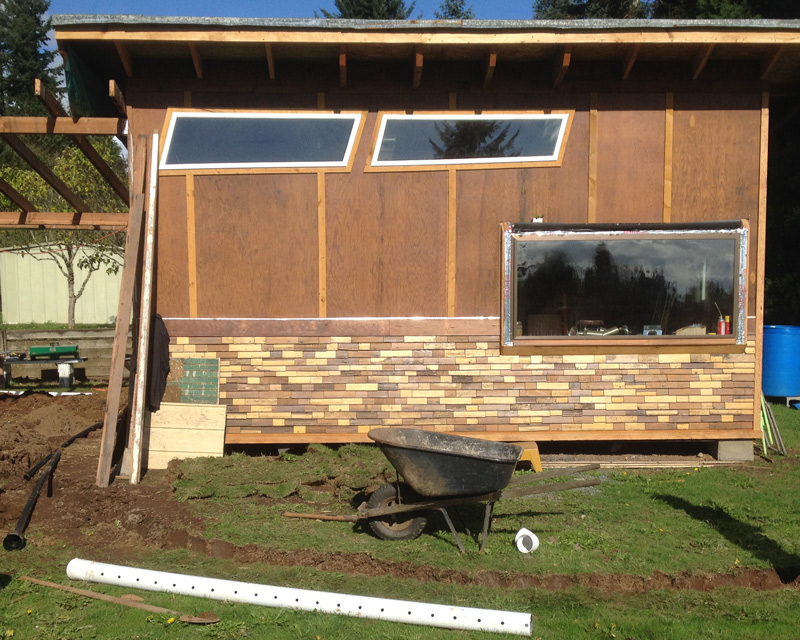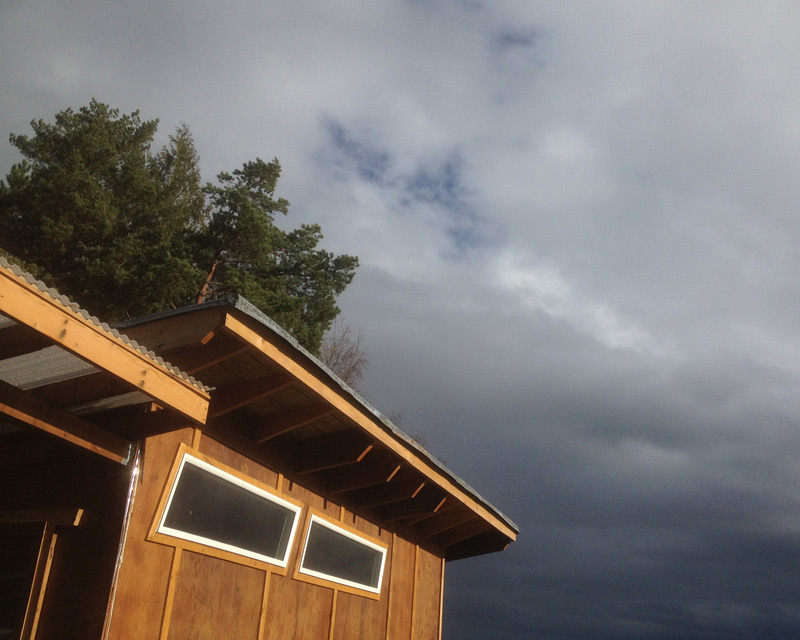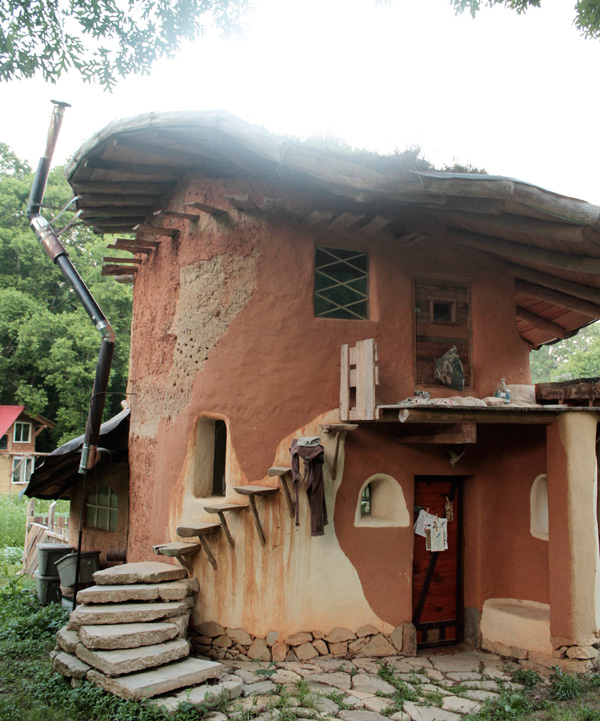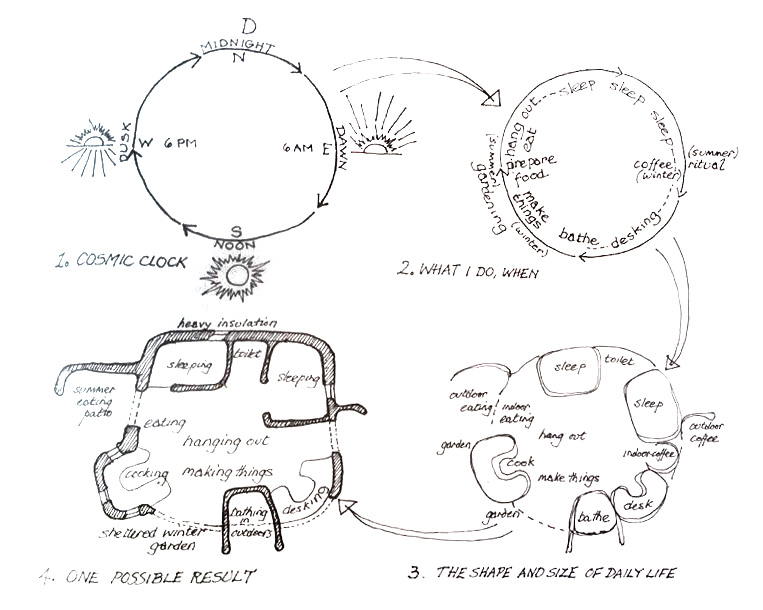Beautiful Simplicity
“The decision to base our heating and energy technology on the power of the sun is not open to sensible debate. There simply is not other long-term solution, and any naysaying comes from either ignorance or in service to some special interest. We have to finally and permanently admit to the simple beauty of our solution: it’s all about the sun.”
- Clarke Snell , Building Green
A good reason to live tiny is to lower your impact on Earth’s dwindling resources. The math is simple. If you’ve got a small space, the less input is needed to heat and cool it. Once you’ve decided to go small, the next step is to be smart about your design so that it requires the least possible outside input for it to be habitable (i.e. electricity for heat, fuel for heat or cooking, food, water, etc.). We’re still building our initial design and we have new ideas we’d like to try, so it’s been helpful to remind ourselves that this is a practice. Change doesn’t happen over night and perfection is never achieved, but we’re trying to be conscious of how our actions and lifestyle choices make an impact. This is a summary of the design concepts, relatively new to us a year ago, that guided us as we aimed to make our home as energy efficient as possible.
Passive Solar
We started by thinking about the sun. It’s a pretty powerful thing — the sun. It can warm you on a winter day and roast you in the summer. It’s light can penetrate gloominess and inspire the soul. This is common sense, of course, but, as the saying goes, common sense isn’t all that common. By code and culture, homes are often oriented to face the street, paying no mind to the solar cycle above. The sunlight that enters the typical home is often incidental and unplanned — and sometimes, as in the form of heat during the summer, it’s unwanted. That unwanted heat necessitates costly cooling measures. The opposite is true during winter. There’s great potential heat from sunlight, but most homes aren’t set up to receive it. So, something somewhere needs to be burned to warm the place. It’s a wasteful way to live. What’s a better way? Passive solar design.
At it’s simplest, passive solar design intentionally lets the sun in when it is most needed — during the winter — and keeps it out when it’s hot. This isn’t a new concept. It’s how people, out of necessity, have built homes all over the world since we moved out of caves and started constructing our own shelters. It’s only in the last century or so that we’ve elected to pay for and use irreplaceable resources in exchange for something we can get for free — if we plan for it.
And to plan for it, you have to know how the sun moves through the sky.
Here’s an illustration of a typical sun path during it’s peak (summer solstice) and it’s lowest (winter solstice) :
The typical orientation in passive solar design is to face your building south. This offers the most opportunity to capture the warmth of the sun during the winter. Then, to avoid getting roasted in the summer by light pouring into your home, create an eave that sticks out far enough to block the sun when it’s high in the sky. As summer turns to fall, more and more light creeps into the house through the windows. This is how we designed our place. This spring, we’ll add a small awning over the big window (and hopefully planting a tree) to have the same effect.
You can calculate and chart all this stuff on paper, but we just used Google Sketchup. Sketchup is free and very easy to learn. You can input your address, load a bird’s eye view of your property, start putting down rough home shapes and see exactly what the sun is doing when. It’s a crazily powerful tool — and amazingly accurate.
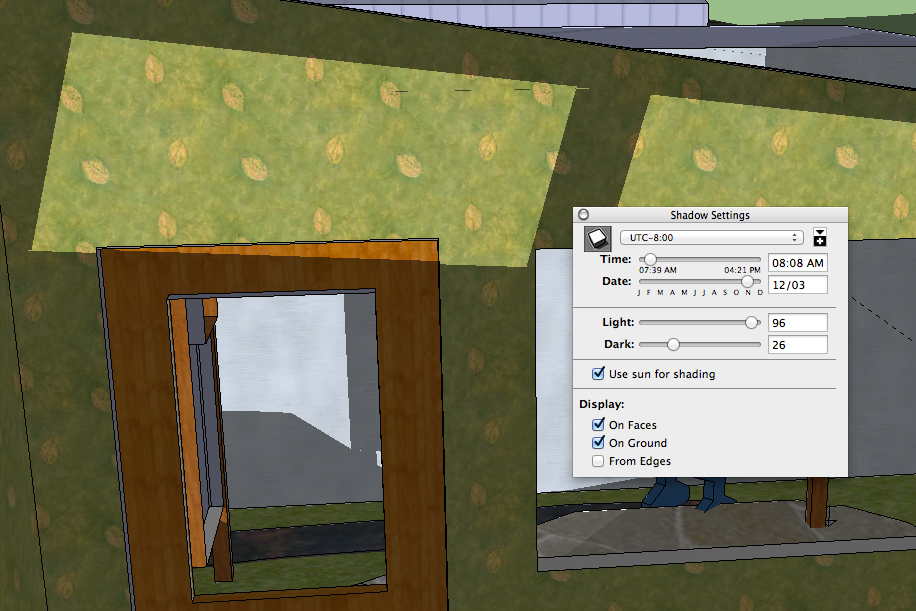
In Sketchup, you can set the exact time that you want to see sunlight in your building. Here, it’s set for 8:08 AM on December 3rd.
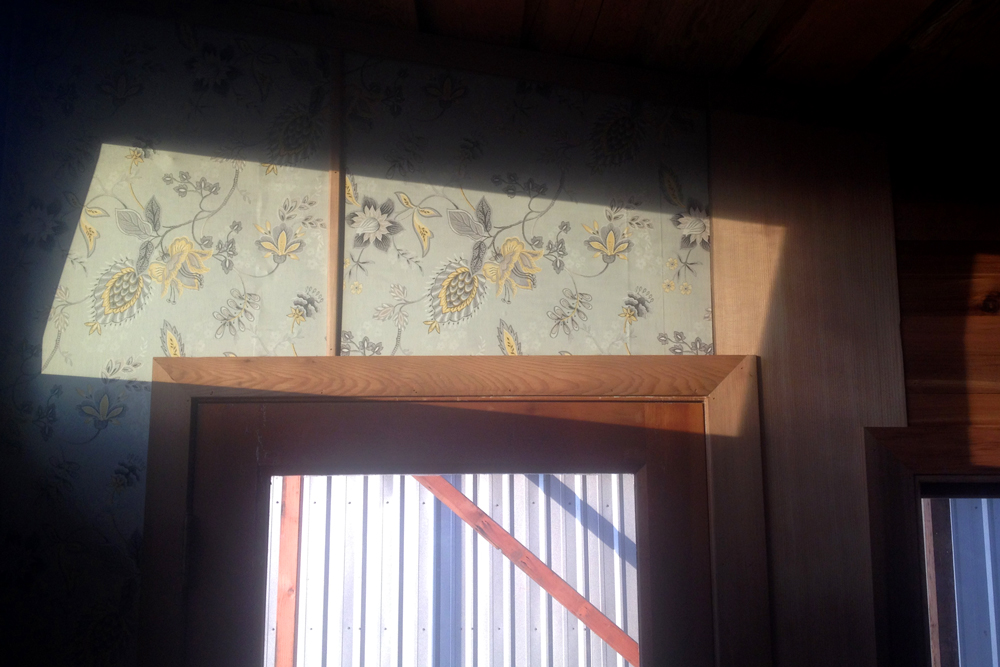
This photo was taken at 8am on December 3rd. Compare the light from the window in real life and the digital version above.
In the winter, your home becomes a greenhouse. It’ll warm nicely during the day, but will quickly cool down at night unless you create a way to store the heat. To do this, you have to build a thermal mass to store the heat generated throughout the day. Preferably, this will be where the light gathers most (i.e. the north wall). The most common thermal mass to use is earth. We opted to use an earthen plaster in the northeast corner which gets a lot of sun during in the late afternoon. Ideally, the north wall and possibly the east and west walls would be entirely made of earth. Indeed, the mother of modern passive solar designs, the Earthship, is often dug into a hillside. Other homes are made from cob (or a clay, sand, straw and water mixture that’s been around for centuries) or straw-bale.
Our two to three inch thick plaster wall is a bit of a token, but it might mean a nice warm spot to gather just before bed in the winter time without needing to turn on a heater. We plan on using clay on the property to plaster and build cob benches early this summer.
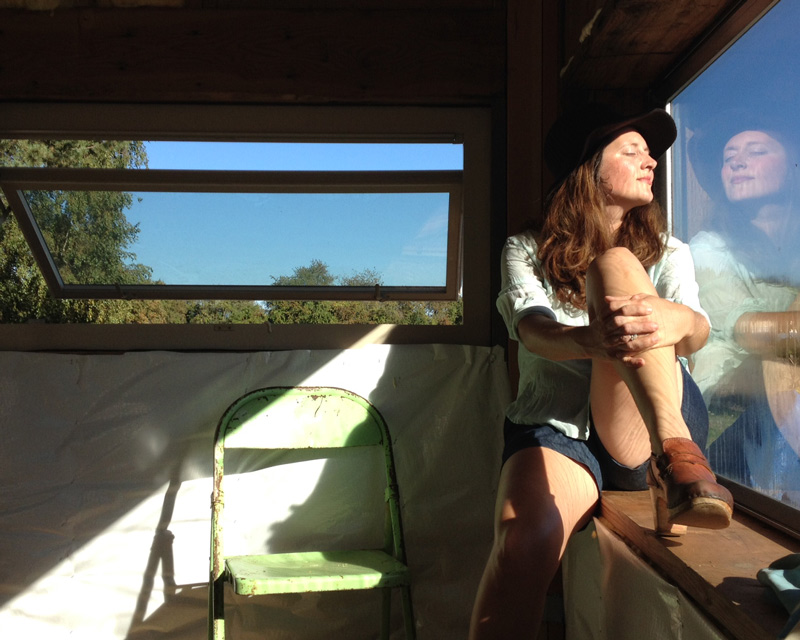
This spot gets slammed with sun all winter. We decided a bench made of cob here might warm nicely and be a cozy spot to sit in the evening once the sun has left.
The flip side to keeping things warm in the winter, is keeping things cool in the summer. Our design will block the light from getting inside, but it doesn’t keep it from battering the roof and the exterior walls. To limit the transfer of heat from outside to inside, we made sure the insulation in our ceiling and south wall was extra thick. Additionally, we planned for ventilation. Inevitably, our home will warm up. We’ve already noticed that, even in the wintertime, it can get hot in here. So, we made sure we designed ways for hot air to leave. Our neighbor generously gave us an operable skylight he wasn’t going to use, and we installed opening windows on the east and west side to create airflow.
The final thing to mention in passive solar design are trees. Well placed trees can do wonders to compliment your passive solar design. Instead of letting the sun beat down on the house all summer long, plant a nice deciduous tree to the south and/or west. During the hot months, it’ll shade the house and when it’s cold, it’ll let the light through. If it’s a fruit tree, it’ll feed you too. We likely wont be living in our tiny home long enough for trees to mature, but we hope to plant some anyhow. Think of all the beautiful big shade trees or mature fruit trees you’ve grown to love. Someone planted it years ago and possibly never got to reap the rewards. Tree planting is about caring for future generations.
In an earlier post, we discussed our decision to build a permanent tiny home versus one on wheels. If you have an opportunity to build on a site permanently, you can more readily take advantage of all these energy saving design features.
The Cosmic Clock
Using passive solar concepts, we knew where to put our house and how to face it, and the rough roof line and where to put windows. But we still didn’t know exactly how we’d function in the space. For that, we consulted one of our favorite books, The Hand Sculpted House.
This is such a cool way to think about designing living space. Using a chart like this, you can plan your house in such a way as to have natural light follow you through your daily routines. Also, it helps you think about where to put rooms and spaces that don’t necessarily need natural light. (i.e closets, stairwells, bathrooms). If you’re letting the sun warm the rooms you’re in, while you’re using them, you wont have to pay to heat them or turn on lights. Next week we’ll elaborate a little more on the cosmic clock and our design.
Next Week :
LIGHT and THE COSMIC CLOCK
